Expansion of Online Retail Channels
The Honey Market is experiencing a transformative shift with the expansion of online retail channels. E-commerce platforms are becoming increasingly popular for purchasing honey, providing consumers with convenient access to a wide variety of products. Recent data shows that online sales of honey have surged, with an estimated growth rate of 8% annually. This trend is particularly appealing to younger consumers who prefer the convenience of online shopping. As a result, traditional retailers are adapting by enhancing their online presence and offering exclusive products through digital channels. This shift not only broadens the reach of the Honey Market but also allows for targeted marketing strategies that cater to specific consumer segments.
Growing Awareness of Health Benefits
The Honey Market is benefiting from a growing awareness of the health benefits associated with honey consumption. Research indicates that honey possesses various nutritional properties, including antioxidants and antimicrobial effects, which are increasingly recognized by health-conscious consumers. This awareness is driving demand for honey as a natural remedy for various ailments, further solidifying its position in the health and wellness market. Recent surveys reveal that nearly 60% of consumers are actively seeking products that promote health benefits, suggesting a strong potential for growth in the Honey Market. As more individuals turn to natural solutions for health maintenance, honey is likely to become a staple in many households.
Rising Demand for Natural Sweeteners
The Honey Market is experiencing a notable increase in demand for natural sweeteners as consumers become more health-conscious. This shift is largely driven by a growing awareness of the adverse effects of refined sugars and artificial sweeteners. According to recent data, the market for natural sweeteners, including honey, is projected to grow at a compound annual growth rate of approximately 5.5% over the next few years. This trend indicates that consumers are actively seeking healthier alternatives, which positions honey as a preferred choice due to its natural origins and potential health benefits. As a result, the Honey Market is likely to see a surge in product offerings that emphasize purity and natural sourcing, catering to this evolving consumer preference.
Increased Use in Food and Beverage Sector
The Honey Market is witnessing a significant uptick in the utilization of honey within the food and beverage sector. This trend is attributed to the versatility of honey as an ingredient, which enhances flavor profiles while providing natural sweetness. Recent statistics suggest that honey is increasingly being incorporated into various products, ranging from artisanal breads to craft beverages. The food and beverage industry is projected to account for a substantial share of honey consumption, with an estimated growth rate of around 6% annually. This growing integration of honey into diverse culinary applications not only boosts its market presence but also reinforces its image as a premium ingredient, thereby driving the overall Honey Market forward.
Innovations in Packaging and Product Offerings
The Honey Market is currently experiencing a wave of innovations in packaging and product offerings, which are crucial for attracting modern consumers. Companies are increasingly adopting eco-friendly packaging solutions that resonate with environmentally conscious buyers. Additionally, the introduction of flavored and infused honey products is expanding the market's appeal. Recent data indicates that specialty honey products, such as those infused with herbs or spices, are gaining traction, with sales expected to rise by approximately 7% in the coming years. This diversification in product offerings not only enhances consumer choice but also positions the Honey Market as a dynamic sector capable of adapting to changing consumer preferences.


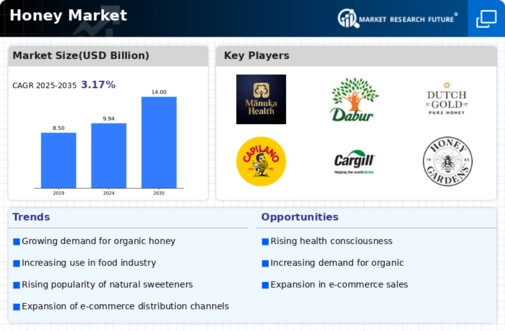
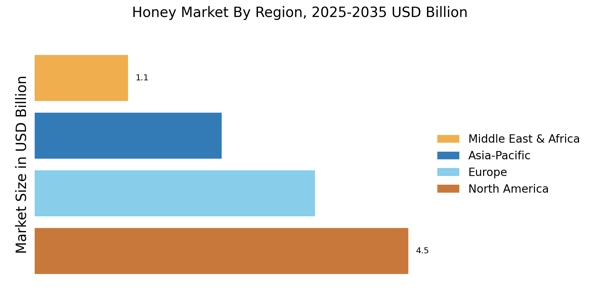


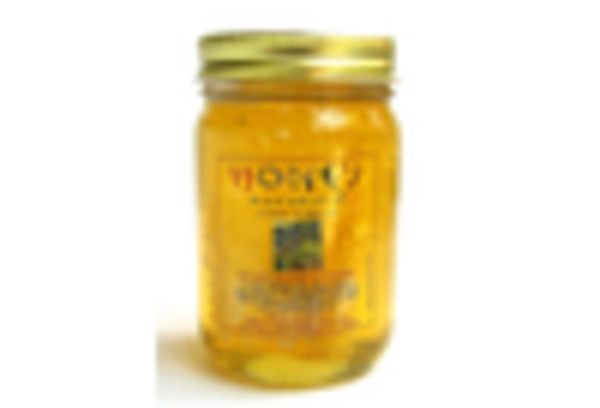
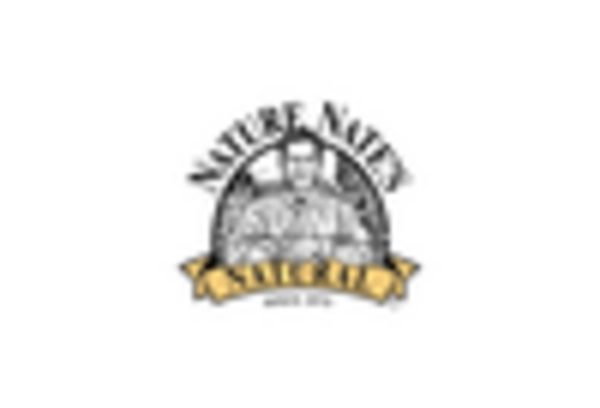
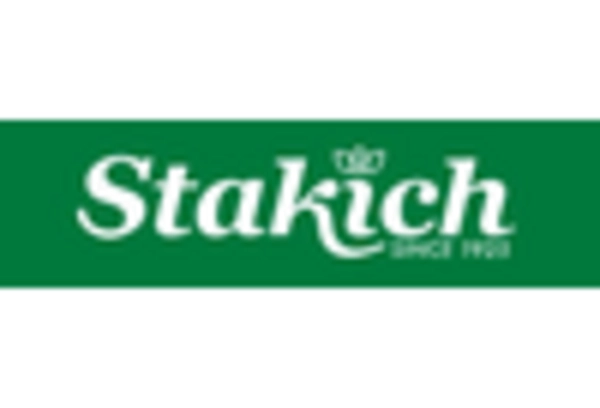
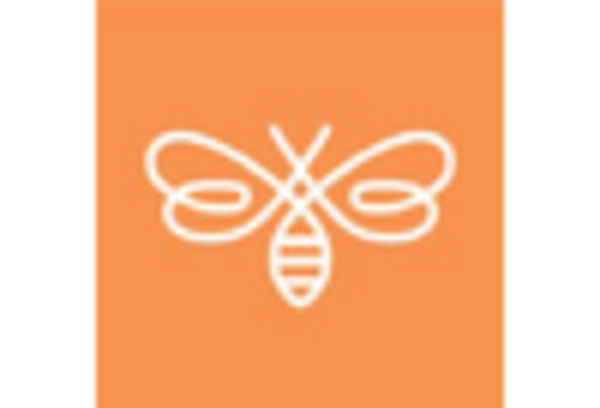








Leave a Comment